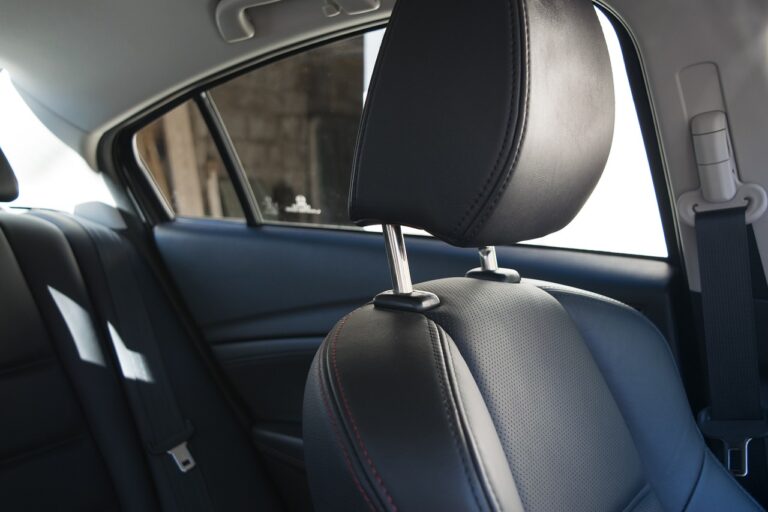The Role of Emotional Design in Autonomous Vehicle Exterior Proportions
Emotional design plays a crucial role in shaping the exterior proportions of autonomous vehicles. Designers aim to create a visually appealing vehicle that evokes positive emotions in consumers. The proportions of the vehicle, including the shape, size, and overall aesthetics, are carefully considered to create a cohesive and harmonious design that elicits an emotional response from observers.
When emotional design is incorporated into the exterior proportions of autonomous vehicles, it can have a significant impact on how the vehicle is perceived by consumers. A well-executed emotional design can enhance the overall attractiveness and desirability of the vehicle, ultimately influencing consumer preferences and purchase decisions. By focusing on emotional design, automakers can differentiate their autonomous vehicles in a competitive market and create a strong emotional connection with their target audience.
Key Factors Influencing Emotional Design in Autonomous Vehicles
Autonomous vehicles are not just a mode of transportation but also a reflection of cutting-edge technology and innovation. When it comes to emotional design in autonomous vehicles, several key factors play a crucial role in influencing the overall aesthetic appeal and user experience. One of the primary factors is the exterior proportions of the vehicle, which can evoke feelings of safety, comfort, or even excitement.
In addition to exterior proportions, the color scheme and design elements used in autonomous vehicles can significantly impact the emotional response of consumers. Bright and vibrant colors may convey a sense of energy and modernity, while softer tones could evoke feelings of calmness and relaxation. Furthermore, the shape and contours of the vehicle also play a vital role in creating an emotional connection with the users, influencing their perception of the vehicle’s personality and functionality.
The Relationship Between Emotional Design and Consumer Preferences
Emotional design plays a significant role in shaping consumer preferences towards autonomous vehicles. By incorporating elements that evoke certain emotions, such as trust, safety, or comfort, car manufacturers are able to create a more appealing and relatable product to potential buyers. When consumers perceive a sense of familiarity or positivity towards a vehicle’s design, they are more likely to form a connection with the product and consider it as a viable option for their transportation needs.
Consumer preferences in the realm of autonomous vehicles are influenced by various factors, with emotional design being a key component. While technical specifications and performance capabilities are important considerations, the emotional appeal of a vehicle’s design can often be the deciding factor for consumers. Aesthetics, color choices, and overall exterior proportions all play a part in triggering emotional responses that ultimately shape the consumer’s perception and preference towards a particular autonomous vehicle model.
• The incorporation of elements that evoke trust, safety, or comfort can make autonomous vehicles more appealing to consumers
• Consumers are more likely to form a connection with a vehicle when they perceive familiarity or positivity towards its design
• Emotional design is a key component in influencing consumer preferences for autonomous vehicles
• Aesthetics, color choices, and exterior proportions all play a role in triggering emotional responses towards autonomous vehicle designs
What is emotional design?
Emotional design is a concept that focuses on creating products and experiences that elicit specific emotional responses from users.
How does emotional design impact consumer preferences?
Emotional design can significantly influence consumer preferences by creating a connection between the product and the user on an emotional level, leading to increased desirability and likelihood of purchase.
What are some key factors influencing emotional design in autonomous vehicles?
Key factors influencing emotional design in autonomous vehicles include color, shape, materials, and overall proportions of the vehicle’s exterior.
Why is it important to consider emotional design in autonomous vehicles?
Considering emotional design in autonomous vehicles is important because it can enhance the overall user experience, increase consumer satisfaction, and differentiate a product in a competitive market.
How can companies leverage emotional design to attract more customers?
Companies can leverage emotional design by understanding consumer preferences, incorporating emotional elements into product design, and effectively communicating the emotional benefits of the product to potential customers.





